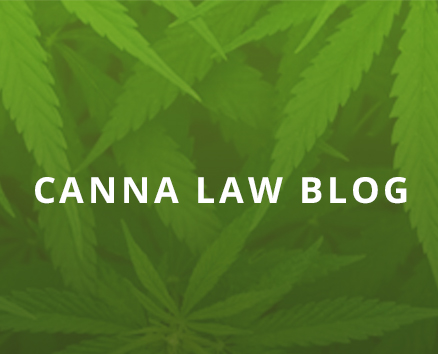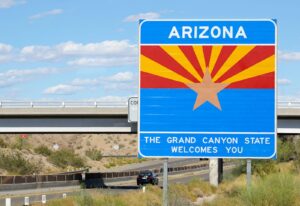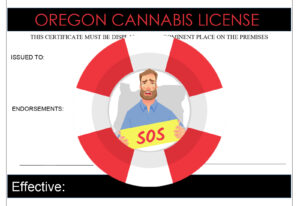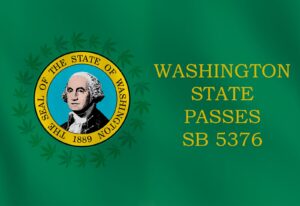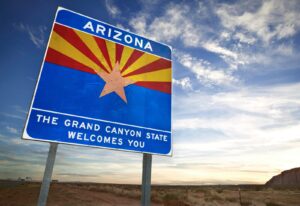
We’ve written time and again about the looming terror of Prop. 65 violations for cannabis businesses when it comes to packaging and labeling their products with the correct safe harbor language. The Safe Drinking Water and Toxic Enforcement Act of 1986 (a/k/a Prop. 65), requires the Office of Environmental Health Hazard Assessment (OEHHA) to publish a list of chemicals known to cause cancer, birth defects or other types of reproductive harm. The list now includes more than 1,000 chemicals. Effective June 19, 2009, marijuana smoke was added to the Prop. 65 list of chemicals known to cause cancer. OEHHA’s Carcinogen Identification Committee “determined that marijuana smoke was clearly shown, through scientifically valid testing according to generally accepted principles, to cause cancer.” Technically then, all cannabis flower is subject to Prop. 65 warnings since all flower contains/produces “marijuana smoke.” In addition, oils, wax, vapes, etc. usually contain at least one chemical already on OEHHA’s list. Given this fact, there is hardly a cannabis business in California that won’t find itself subject to Prop. 65 warning requirements at some point. And none of the state agencies in charge of MAUCRSA are going to assist licensees in figuring out what they need to do to protect themselves under Prop. 65 (other than the handy fact sheet recently published by the California Department of Public Health that gives a slim nod to Prop. 65 compliance).
As of last month, OEHHA is now considering expanding the prohibited chemicals list to include more varieties of cannabis products and ingredients. The Developmental and Reproductive Toxicant Identification Committee (DARTIC) of OEHHA’s Science Advisory Board serves as the state’s qualified experts and renders opinions about whether a chemical has been clearly shown to cause reproductive toxicity. In a public notice that went out on March 15, which kicks off a 45-day “data call-in” period, OEHHA selected “cannabis (marijuana), marijuana (cannabis) smoke, cannabis extracts, and THC” for the DARTIC’s review for possible listing under Proposition 65 as causing reproductive toxicity.
If these “chemicals” go onto the chemicals list, pretty much every single cannabis business out there (that cannot avail itself of one of the Prop. 65 exceptions) will need to change its current labeling to ensure that their Prop. 65 warnings jibe with the revised chemicals list (including the fact that all products producing “marijuana (cannabis) smoke” will now have to list both cancer and reproductive harm in their warnings if OEHHA proceeds here). If you have public comments on the data call-in, you can submit them here.
With the imminent expansion of cannabis “chemicals” going under Prop. 65, the first question cannabis businesses need to ask themselves in a is whether they’re subject to Prop. 65 at all. Who’s exempt? It’s a short list:
- Businesses with fewer than 10 employees and government agencies.
- Businesses are also exempt from the warning requirement “if the exposures they cause are so low as to create no significant risk of cancer or are significantly below levels observed to cause birth defects or other reproductive harm.” How low you ask? The exposure levels are different for each chemical type–for cancer causing chemicals, for example, no warning is required if the chemical exposure is calculated to result in “not more than one excess case of cancer in 100,000 individuals exposed over a 70-year lifetime.” You can find the Prop. 65 allowable exposure levels here.
Availing yourself of this second exemption is going to be very difficult, complex, and expensive to prove. It likely isn’t worth it if you even think you’re close to exceeding the allowable exposure levels.
Once you determine that Prop. 65 applies to you, you then need to identify the type of warning you need based on your product(s) and the relevant chemicals. New safe harbor language warnings took effect as of August 30, 2018. In turn, only the new safe harbor warnings should be used for products manufactured on and after August 30, 2018 (though you can still use the old September 2008 safe harbor warnings for product made before that date).
You now need to actually identify at least one triggering chemical depending on the type of harm caused by that chemical. In turn, compliant Prop. 65 warning will look like one of the following (plus the required symbol at the beginning and to the left of the warning):
- For carcinogens: “WARNING: This product can expose you to chemicals including [name of one or more chemicals], which is [are] known to the State of California to cause cancer. For more information go to www.P65Warnings.ca.gov.”
- For reproductive toxicants: “WARNING; This product can expose you to chemicals including [name of one or more chemicals], which is [are] known to the State of California to cause birth defects or other reproductive harm. For more information go to www.P65Warnings.ca.gov.”
- For exposures to both listed carcinogens and reproductive toxicants: “WARNING; This product can expose you to chemicals including [name of one or more chemicals], which is [are] known to the State of California to cause cancer, and [name of one or more chemicals], which is [are] known to the State of California to cause birth defects or other reproductive harm. For more information go to www.P65Warnings.ca.gov.”
- For exposures to a chemical that is listed as both a carcinogen and a reproductive toxicant: “WARNING: This product can expose you to chemicals including [name of one or more chemicals], which is [are] known to the State of California to cause cancer and birth defects or other reproductive harm. For more information go to www.P65Warnings.ca.gov.”
In certain circumstances, short-form warnings for consumer products are allowed so long as minimum font requirements are met. Specifically, in addition to other content requirements, the short-form warning must be “in a type size no smaller than the largest type size used for other consumer information on the product and in no case in a type size smaller than 6-point type.”
With the potential addition of more cannabis “chemicals” to Prop. 65, cannabis businesses are going to be even more vulnerable to Prop. 65 attacks. Be sure to stay tuned as OEHHA weighs out this expansion.




